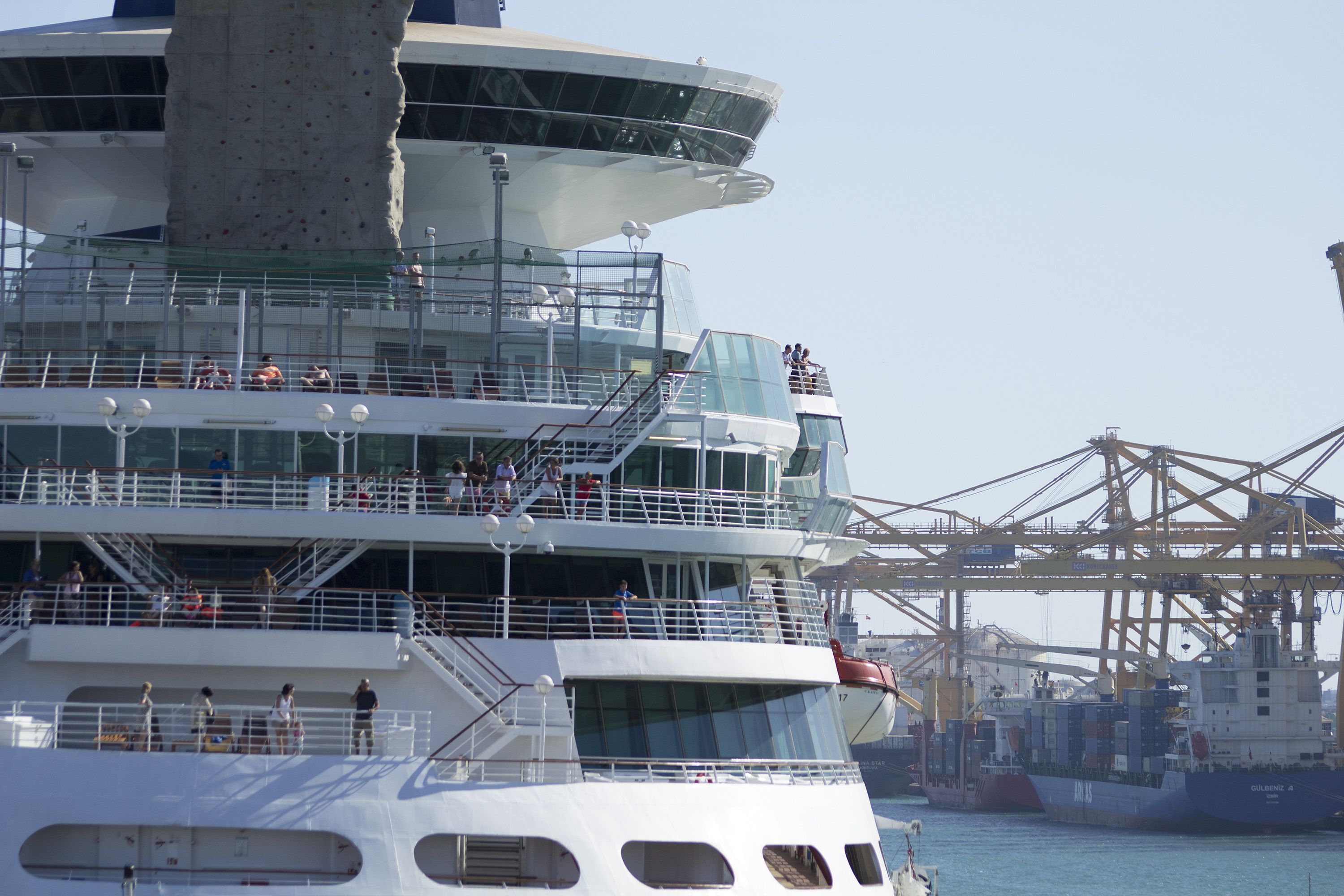Good prospects for the economy and the tourism sector in Catalonia. Barcelona was once again the first-ranked port in number of cruise passengers in 2017, in spite of the tension between the Catalan and Spanish governments due to the independence process. These positive statistics have emerged from the publication of new data by the government port agency Puertos del Estado, highlighting that the Catalan capital has for another year been selected by cruise tourists as their most frequent destination within the Spanish state.
In 2017, the port of Barcelona led the arrival rankings again with 2.59 million cruise passengers from January to November last year, practically no change on the previous year (-0.2%), but with 2% more ships (743). Second place in terms of passenger volume was occupied by the Balearic Island ports, which received more cruisers (811), almost 11% more than in 2016, but fewer passengers (2.06 million - an increase of +6.4%); and Las Palmas in the Canary Islands followed with 985,662 cruise passengers, 6.6% up, and with a total of 448 calls by ships of this type, a 5.6% rise. Fourth place was occupied by Santa Cruz de Tenerife, which registered a 5% increase from January to November 2017, with 769,176 tourists crossing the gangplank and 1.15% (429 in total) .
The Spanish ports registered 8.5 million cruise passengers between January and November 2017, a figure that is a 4.31% increase on the same period of the previous year, with the arrival of 3,918 cruise ships, 7.64% more than in 2016. A total of 3,918 cruise ships entered Spanish ports in the first eleven months of last year, 278 vessels more than in the same period of 2016. Among the ports with growing numbers, Malaga (489,040 passengers) also stands out with growth of 14.3% in passenger numbers and 48 more cruisers than the year before, as well as Valencia (400,069 cruise passengers) with a rise of 1.2% and 10.8% more ships (195).

